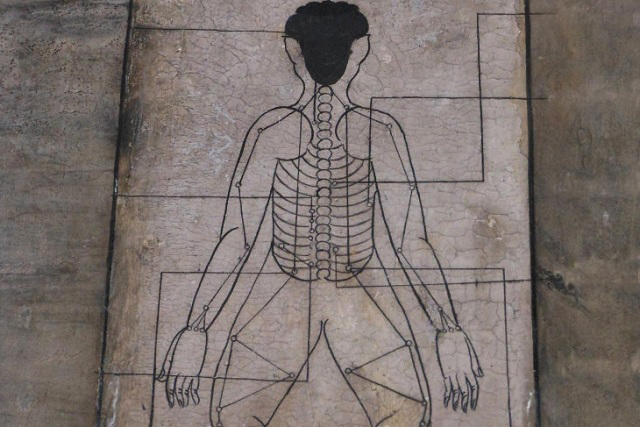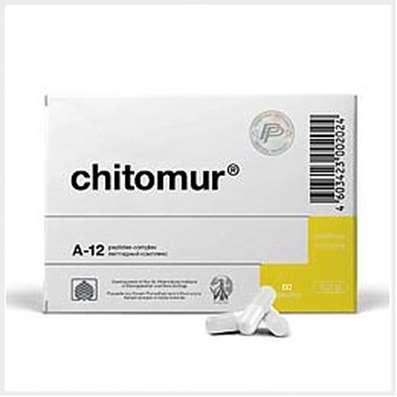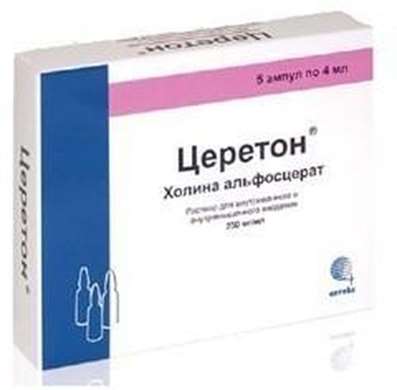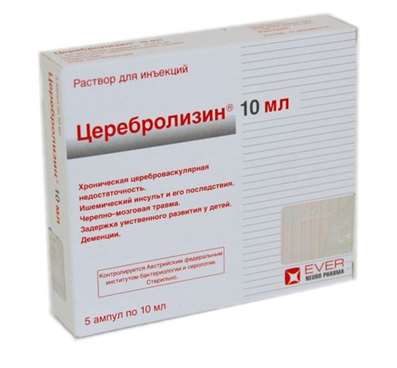FAQ: Syrian medicine
06 Dec 2016
7 facts about the specifics of the ancient healing traditions in Syria

If we look at the history of medicine in general, we see two main traditions: the first known to us and has become the main in the world today - a European medicine; and the second - a national kinds of medicine, such as Chinese, Indian, Filipino, who are not in the modern world of mainstream medical traditions, where their drugs, their physiological theory, its methods of healing.
- 1.European medicine, which is necessary to speak first of all in connection with the history of medicine, namely the one in the main study are now doctors and historians of medicine, has a very clear address of its origin - is Ancient Greece, natural philosophy, school of Hippocrates of Cos. After Galen - the author of II century BC. Oe, who commented many works of Hippocrates and created from Hippocratic whole healing system, -. Greek medicine in Rome becomes the primary. It consists of …
But then, if you open any textbook of the history of medicine, you will see that there are Greek and Roman medicine, in the form of Galen and his circle of disciples (even have a special term coined by O. Temknym - "galenizm"), and the next stage will be Arabic medicine. Classical its representatives were Syrian Hunain (Johannitus), the famous lexicographer Ibn Sina (Avicenna), who wrote "Kitab al-Qanun fi-t-Tibb 'famous work" Canon of Avicenna's "Canon of medicine, Razi (Rhazes) and other great Arab physicians. - 2.Between the Roman (I BC -.... IV AD) and Arabic (. VIII-XII centuries) periods of development of medicine there is a gap in ordinary consciousness. But scientists know that the Greco-Roman tradition of healing, medicine was transferred to the Arab East Syrians. This was done in several stages by a serious effort. Specificity of Syrian medicine is to find a special transfer system, including the development of Aramaeans-lingual vocabulary of medicine, which was later borrowed in Arabic. The merit of the Syrian medicine is primarily in the transmission of traditions Greco-Roman medicine to the East. As we know, then in the East, this tradition of ancient medicine was perceived, developed later along with philosophy, with Aristotle got in Granada and Cordoba, and then spread across the Arab world. And European medicine rediscovers Galen and the Hippocratic writings largely through translations from Arabic. Any transfer of a social institution - and medicine is to be understood that way - simple translating impossible translation carries too great a cultural burden. Convey not only the amount of cultural skills, not only the language, not only the type of behavior, but also a subculture of what we call the practice of medicine (θεραπευτικὴ τέχνη, ars medendi, as it was called Galen). Therefore, the Syrians, definitely galenic translated texts, but tried to pass and culture, but the Aramaic language is insensitive to the Aristotelian τέχνη, medicine - it's just aswāthā, doctoring.
- 3.To describe the method of this medicine, it is necessary to start with Hippocrates, Galen for himself considered himself Hippocratic. Hippocratic tradition was first of all a tradition observing, cataloging healing skills built on experience, in terms of examples. If we take the most famous works of Hippocrates, such as "epidemic", in which a large place is occupied by paradigms, it looks like the description of clinical cases: "... a woman came a hiccup on the third day - cramps, on the fourth she died." Hippocrates explains that it was the basis of the clinic. Hippocratic physician - a clinician with a manic passion for cataloging. Galen developed the Hippocratic medicine system and supplemented it Alexandrinizm with his great discoveries Gerofil or Erasistratus in anatomy and physiology. It was not just a method for doctors - it was a great school of thought, medicine - is a special discursively Late Antiquity. To improve man’s health use - Complex of cytamins for the men's health, Peptides Testoluten, for woman’s health use - Complex of cytamins for the women's health, Peptides Zhenoluten, for heart buy Meldonium.
- 4.Specific to the Syriac language appeared simultaneous development of medicine and asceticism. As once remarked Fergus Millar, "Christianity, Syriac and social institutions are developed in II-III centuries in Syria and Mesopotamia almost simultaneously and certainly in the relationship." As we know, asceticism (ἀσκετική from ἀσκέω, exercise) - a certain amount of behavioral skills, designed to ensure that a person's soul clean, to save her from the "passions" and make a person capable of the higher forms of contemplation, mystical form of contemplation. Syrians transferred and knew the great theorist of Christian asceticism Evagrius of Pontus. And interestingly, in parallel with the methods of purification of the soul Syrians learned the ways of healing the body. That is why many, if not all, medical texts translators were monks, bishops, priests. A classic example - the author of the VI century Sergius Reshaynsky (from the name of the town Resch Ain). He wrote theological treatises, translated Aristotle and "Areopagitica" and simultaneously translated 36 works of Galen, of which many were commentaries on the Hippocratic galenic body. The ascetic tradition simply says hagiographical language. For example, where a certain ascetic conquers his passion, carnal or avarice. Such stories were told in parallel - about treatment of diseases and for deliverance from passions. Medical manuscript with the works of St. Sergius and his translations of Galen copied the same monks in monasteries Beth Nuhadry or Khuzistan. This led to the emergence of a special type of asceticism - medical.
- 5.The second feature of the Syrian medicine is that it combined the Greco-Roman knowledge with knowledge of Mesopotamian coming from Sumerian-Akkadian antiquity. Any transmission of cultural traditions from one medium to another is associated with a certain universality. It is clear that most of the works of Hippocrates devoted to drugs, that is, how to respond to the disease. He described the Greek herbs, minerals Greek - Greek means. Galen came up with its "holy ointment» (ἱεραί). In the Middle East, or the Roman Early Arab timeof illness and the medicines themselves (samame) could be different, respectively, Syrian writers had to find some examples that would make the healing art more universal. This is also the merit of the Syrian medicine. It is synthesized knowledge, using centuries-old experience of healing.
- 6.Syrian asceticism very technological, almost is physical, and it's not just some of its specificity, but also one of the reasons that it has been received later in the Byzantine and ancient tradition. Syrian asceticism - a technology, like medicine (this is also the technology). When we say that in the Syrian asceticism have any superfunds from avarice disease, or fornication, or laziness, it is wrong, just there did not stop the search for effective methods of influence on the body, so that through his work on the soul as , according to the same wise Evagrius, the main authority for the Syrian asceticism, "directly affect the soul, we can not." It was important to work on the body, so that through his work on the soul and, consequently, the center of the soul - what we call the heart, the human center. Syrian asceticism technological, as well as ancient medicine, because she learned from her. On the body can be affected with two goals: to deliver them from physical pain and relieve it of the need to be a conductor phenomena obscures the soul from passions. And physical suffering, and the suffering of the passion-called by the same word - πάθος, Syriac haššā. In fact, and the physician, and an ascetic doing about the same thing - getting rid of this irregularity, suffering, enduring, simple techniques in each case their own.
- 7.The main problem - a drawing of a large body that proposed in 1982 by my late colleague Munich Rainer Degen. We need to create Corpus medicorum syriacorum, to understand which texts were transmitted, and how. After all, between Sergius and Hunain ibn Ishaq, the second great translator of Galen in the IX century, 300 years! Looking catalogs of manuscripts and handwritten stories plagued relations. Looking for publishing texts. The second problem - is finding medical practices that were in the Syrian monasteries both Eastern and Western in VI-IX centuries. Suffice it to say that as ascetic practices applied leeches and bloodletting - it says the charter Abraham. These medical practices have been transferred to the ascetic view of the scope somatogenetic theory and various spiritual movements of the soul, which has roots in Hippocratic with his theory of the four elements, the four liquids and mixtures thereof (κρᾶσις, muzzāgā). We remember that even in the "Timaeus" Plato have an idea that the liver affects the soul, the soul is where the liver and so on. Around cardiocentrism or cerebrocentrism it was a lot of copies is broken when Simon de Taybute wrote his treatise "On the heart," which can not be distinguished from the asceticism of anatomy. In principle, many spiritual and psychic phenomena for the Syrian ascetics were associated with various pathological conditions of the body, and this caused them to use the medical practice. We need to explore more deeply the practice and understand where proper medical distinguished ascetic and the Syrians. Now we are just at the beginning.

 Cart
Cart





